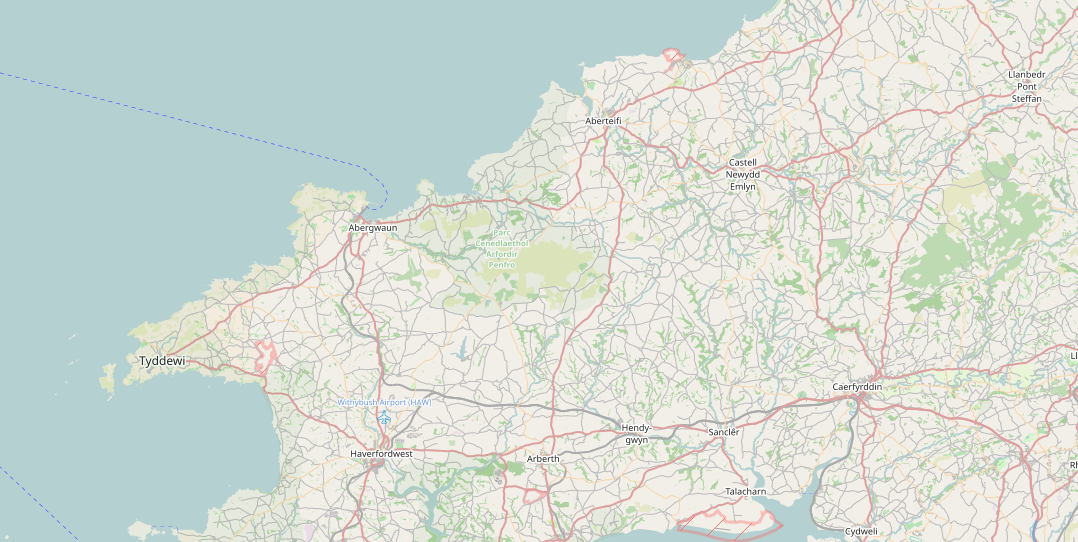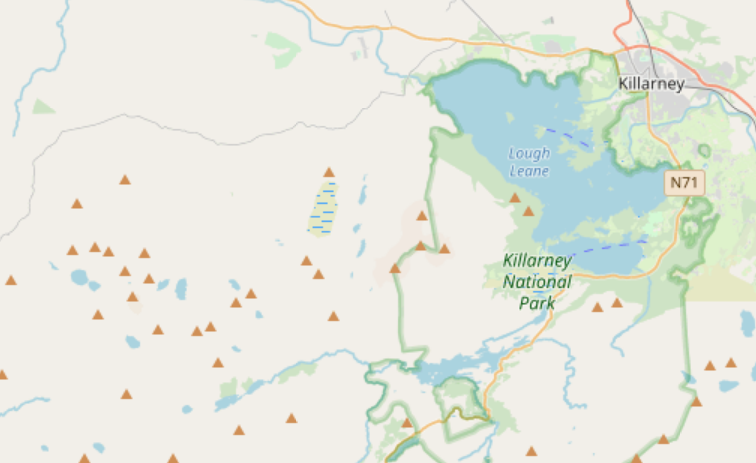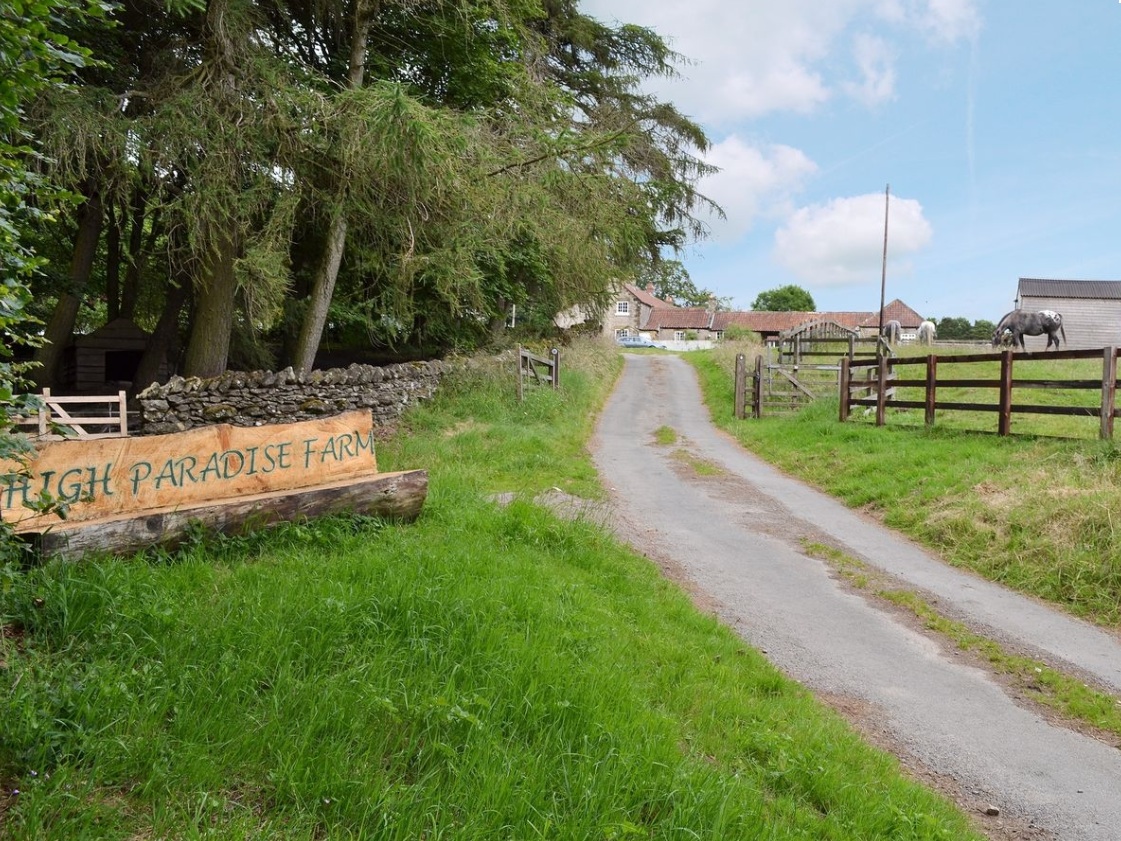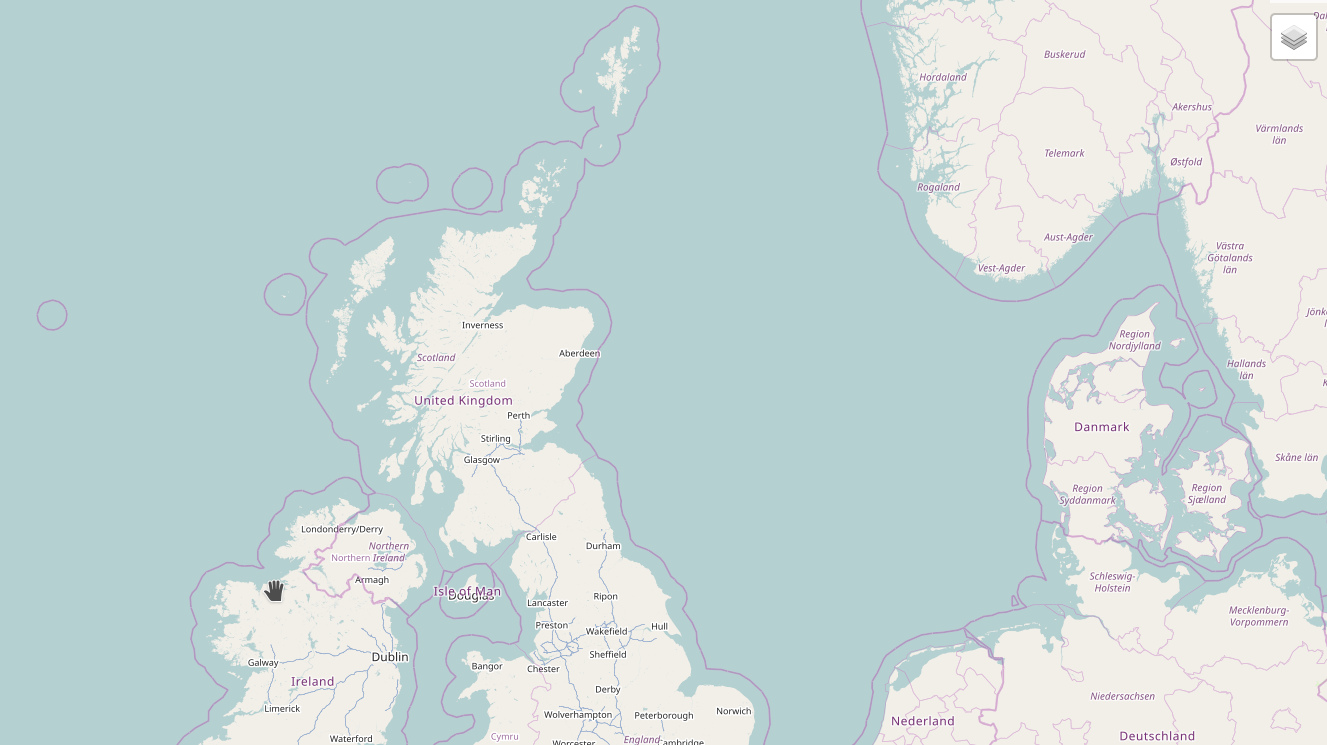I’ve recently added a new feature to https://map.atownsend.org.uk , prompted by the dreaded lurgi that is affecting everyone at the moment - the ability to show pubs with either outdoor seating or a beer garden.
Outside seating is shown like this:
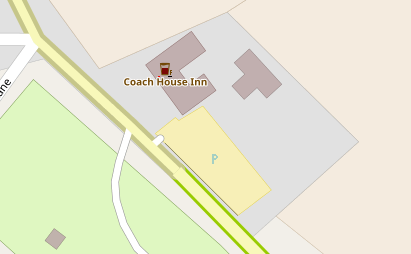
with a black line at the bottom right of the icon.
Here’s a beer garden:

